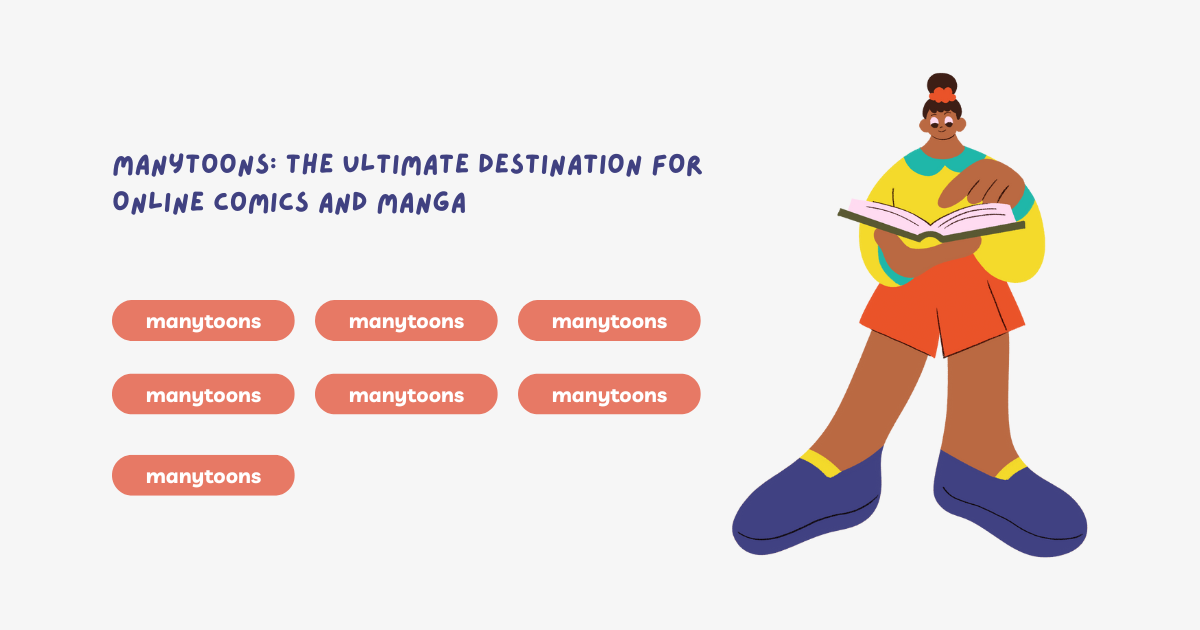In today’s digital world, social media platforms are no longer just places to share photos, status updates, or links. They have evolved into dynamic hubs for real-time content consumption, thanks to the explosive rise of social media streaming. From live concerts to breaking news coverage and interactive Q&A sessions, streaming on social platforms has revolutionized how people connect, communicate, and consume information. In this blog post, we’ll explore the trends, benefits, and future of social media streaming.
What is Social Media Streaming?
Social media streaming refers to the real-time broadcasting of video content through platforms such as Facebook Live, Instagram Live, YouTube Live, Twitter Spaces, and incestflix. Unlike pre-recorded content, live streaming allows users to broadcast events as they happen, enabling real-time interaction between creators and their audience. Viewers can participate by commenting, asking questions, reacting with emojis, and sharing the stream, creating a highly engaging and interactive experience.
Why Social Media Streaming is Gaining Popularity
Several factors have contributed to the rapid growth of social media streaming:
- Accessibility: Most major social media platforms offer integrated live streaming features, making it easy for anyone with a smartphone and an internet connection to broadcast live.
- Increased Engagement: Live content tends to generate more engagement compared to static posts or pre-recorded videos. Users are drawn to the immediacy and authenticity of live broadcasts.
- Real-Time Interaction: Live streams allow audiences to interact directly with creators, ask questions, and share opinions, fostering a stronger sense of community.
- FOMO (Fear of Missing Out): The ephemeral nature of live content—where events happen in real-time—creates urgency, encouraging viewers to tune in immediately to avoid missing out.
Key Uses of Social Media Streaming
Social media streaming is versatile, serving a wide range of purposes for different users:
- Marketing and Brand Engagement: Brands use live streaming to showcase product launches, host webinars, and offer behind-the-scenes content, strengthening their connection with audiences.
- Events and Entertainment: Musicians, actors, and entertainers use live streams to perform concerts, host virtual meet-and-greets, and engage with fans.
- News and Public Information: Journalists and media outlets utilize live streaming for real-time coverage of events, interviews, and press conferences.
- Gaming: Platforms like Twitch have popularized gaming streams where players broadcast their gameplay while interacting with fans.
- Education and Tutorials: Live workshops, how-to guides, and educational sessions allow experts to share knowledge interactively.
The Benefits of Social Media Streaming
The rise of live streaming offers several unique advantages:
- Increased Authenticity: Live content often feels more genuine and spontaneous than curated posts, helping creators build trust with their audience.
- Global Reach: Social media platforms enable streamers to reach audiences worldwide without geographic limitations.
- Cost-Effectiveness: Live streaming is a budget-friendly way to create content compared to traditional media production.
- Enhanced Analytics: Platforms provide real-time feedback and metrics, allowing streamers to gauge engagement and adjust strategies on the fly.
Challenges in Social Media Streaming
Despite its many advantages, social media streaming comes with challenges:
- Technical Issues: Buffering, connectivity problems, and audio/video quality issues can disrupt the user experience.
- Content Moderation: Live content lacks the filters and review processes of pre-recorded media, raising challenges for moderating inappropriate or harmful content.
- Competition: The popularity of live streaming means increased competition, making it harder for creators to stand out.
The Future of Social Media Streaming
As technology evolves, social media streaming is poised to become even more immersive and interactive:
- Augmented and Virtual Reality (AR/VR): Future live streams may incorporate AR/VR elements, allowing viewers to experience content in more immersive ways.
- Monetization Tools: More platforms are introducing features like virtual gifts, subscriptions, and advertising options to help creators monetize their streams.
- Improved Personalization: AI-driven recommendations and customized notifications will enhance user experiences by delivering relevant live content.
Conclusion
Social media streaming has transformed the way people communicate and consume content online. Its ability to deliver real-time engagement, authenticity, and global reach makes it a powerful tool for individuals, brands, and businesses alike. As technology advances, live streaming will continue to shape the future of digital interaction, creating exciting opportunities for content creators and audiences around the world. Now is the time to explore its potential and harness the power of live social media engagement.





